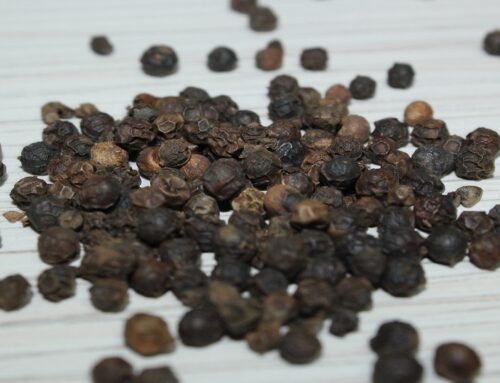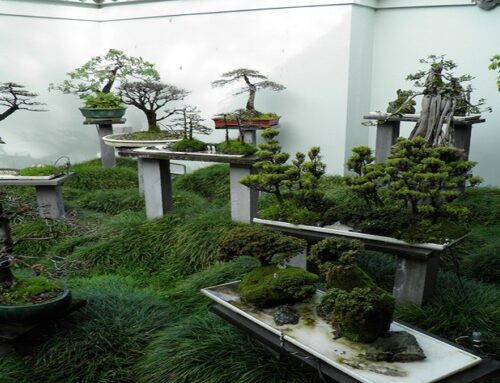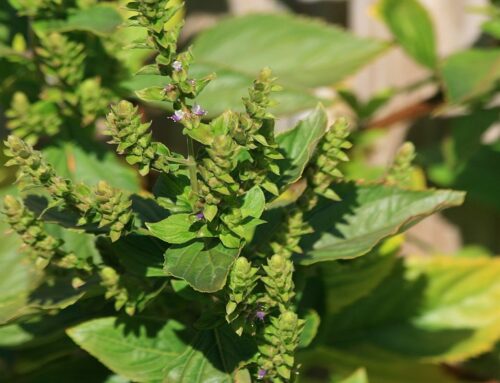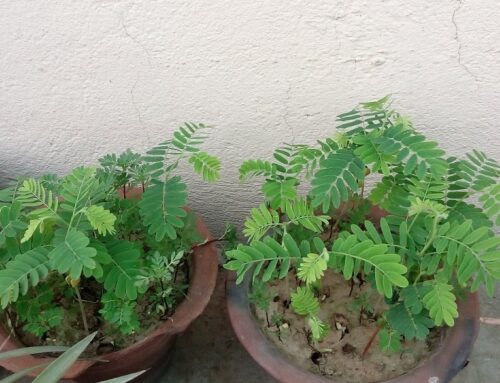Aloe Vera is a hardy plant that thrives well even with very little care. Though Aloe is an important medicinal plant, it is also grown as an ornamental plant. Aloe is frost-resistant and drought- resistant. As aloe plants are highly resistant to most of the insects and pests, they are very easy to cultivate commercially.
Since Aloe is frost-resistant, drought resistant and resistant to insect-pest damage, growing aloe does not require much expertise. Therefore this plant is a favorite among garden beginners and home gardeners. Aloe plants are suited for indoor growing purposes also. A detailed account of growing practices for aloe plants is given below:
Climatic Requirements: Though aloe is best adapted to arid climates, it can be grown in warm humid climates also. However, temperate or extremely cool climate is detrimental for this crop. It grows well even with lower annual rainfall of 100 to 300mm. The plant favors open spaces and full sunlight.
Soil Requirements: Though aloe can be grown in a wide range of soils, dry sandy loam soils are best suited for its growth. Soil should be well-drained as water logging is detrimental for its growth. Ideal soil requirements include loam to coarse sandy loam soils with a pH of 7 to 8.5.
Propagation: Propagation is possible by planting root suckers and by rhizome cuttings. Suckers may be directly planted in the main field. Rhizome cuttings may be raised in a well-prepared nursery bed. If root suckers are used, approx. 15,000 suckers may be needed for planting 1 acre area. (Note: 1 acres=approx. 4000 square meter).
Site/Field Preparation: Field is prepared by 2-3 ploughings followed by tilling and levelling and furrow-making. Plenty of organic manures/compost/farm yard manure (FYM) may be added at the time of site preparation to enhance soil fertility. Compost or FYM may be added at the rate of 10 tons per an acre of area.
Planting and Spacing: Aloe can be planted anytime except rainy season. Suckers are planted approximately 1 cm deep in furrows that are dug in the main field. Optimum spacing requirement for aloe plantation is 60 cm between two rows and 30 cm between two plants.
Fertilizer or Manure Application: FYM (Farm Yard Manure) or compost @ 10 tons/acre is mixed with the top soil at the time of land preparation; subsequently vermicompost @ 500 Kg/acre may be applied during the active vegetative growth of the plants.
For NPK application, approximately 20 kg each of N (nitrogen): P (phosphorus): K (potash) is applied as basal dose at the time of planting. Same dose of FYM and chemical fertilizers are applied every year to facilitate plant growth.
Irrigation: Aloe plants are drought-resistant and may not require much watering. However some growth stages are critical, especially the initial stages of vegetative growth. First irrigation is given soon after planting to set the soil and after that watering is done when soil is very dry. ; During summer season, irrigation is mandatory and the plant should be irrigated at least once in every 15 days. Water logging and overwatering should be avoided as extreme soil moisture is detrimental for the aloe crop.
Weed Control: An aloe plantation requires at least 2-3 weedings and hoeings to remove the weeds and other unnecessary growths. In most cases, manual weed control and biodegradable mulching are recommended for effective weed control.
Disease-Pest Management: Major disease found in aloe plantation is a fungal disease called ‘leaf spot disease’. It affects yield and quality of the gel. It can be controlled by spraying recommended organic fungicides.
Harvesting and Yield: Aloe plants reach full maturity one year after planting. The thick fleshy leaves are ready for harvest from the second year onwards. The leaves will regenerate from the harvested point and thus the crop can be harvested up to 5 years. 2-3 harvests are taken in a year by removing three to four leaves per plant. A fully mature aloe plantation yields 15-20 tons fleshy leaves/acre from second year onwards. (Note: 1 ton = 1000 kg)
Harvesting is a labor-intensive process and therefore manpower should be arranged well before harvesting begins. Harvesting is generally carried out in the early morning or late evening hours to preserve the freshness and quality of the produce.
Processing: Freshly harvested leaves are transported to pack houses for further processing. During processing of the leaves, care should be taken to prevent fermentation or mould growth. Harvested leaves are generally kept in a cool, shady place on a concrete floor for processing/distillation purposes.
Preparation of Aloe Oil: Aloe essential oil is extracted by steam distillation of wilted leaves. Aloe oil is mixed with carrier oil before marketing as ‘aloe oil’. Aloe oil is used as massage oil and aromatherapy oil because it promotes skin health. It is used as a hair oil as it promotes hair growth and prevents hair fall and dandruff.
Preparation of Aloe Gel: Aloe vera gel is cold-pressed from its fleshy leaves. Aloe gel is not aromatic oil rather it is a water-based aromatic gel. Aloe gel is used as an ingredient in many cosmetics preparations.
Economic life of an aloe plantation: Economic life of an aloe plantation is generally five years. After that old plantation should be removed and new suckers should be planted.
Aloe vera plants for ornamental purposes: Aloe plants are highly popular potted garden plants and indoor house plants. These plants are an essential feature in rock gardens and other types of tropical gardens. Aloe plants are known as “Miracle Plant” and “Natural Healing Plant” among home gardeners. It is known as natural healing plant because it heals wounds and burns quickly, much faster than some wound-healing medicines. You just have to pluck a flesh leaf and extract the leaf sap to apply on the wounds. Just do it a few times. That’s it, the wounds are healed.
In fact, aloe is one of the most sought after plants by the growers of medicinal plants. Many scientific researches reveal that Aloe vera improves wound healing and inhibits inflammation. Many researchers firmly believe that aloe gel has numerous other health benefits including the anti-cancer, anti-diabetic and antibiotic effects on the human body. They believe that the health benefits of the aloe gel are due to the presence of a particular group of polysaccharides present in the leaf gel or leaf sap of the plant.
Check out our publishing services here…
We publish top quality videos on various ‘Food & Agriculture’ topics. You may subscribe our video channel here…






